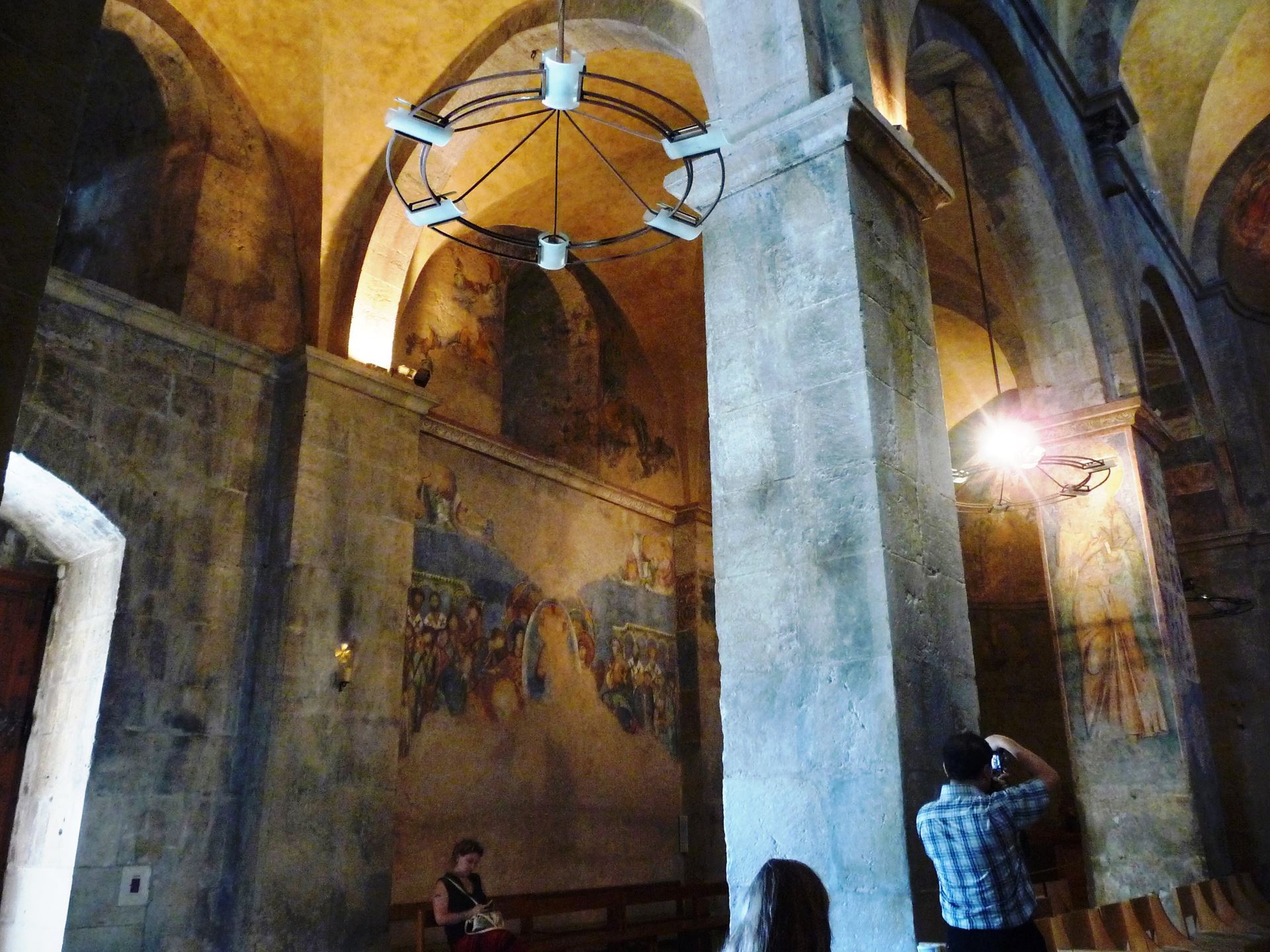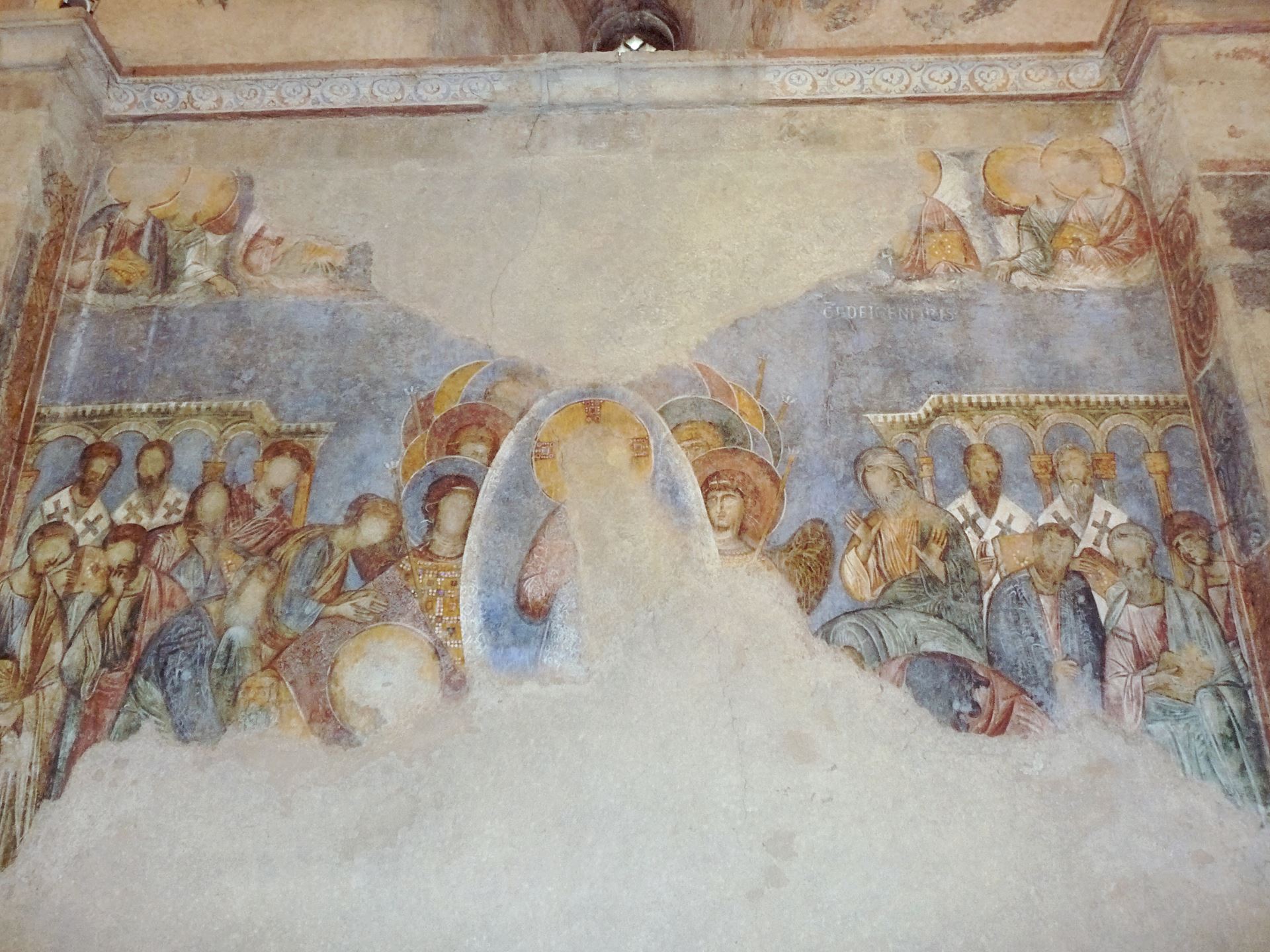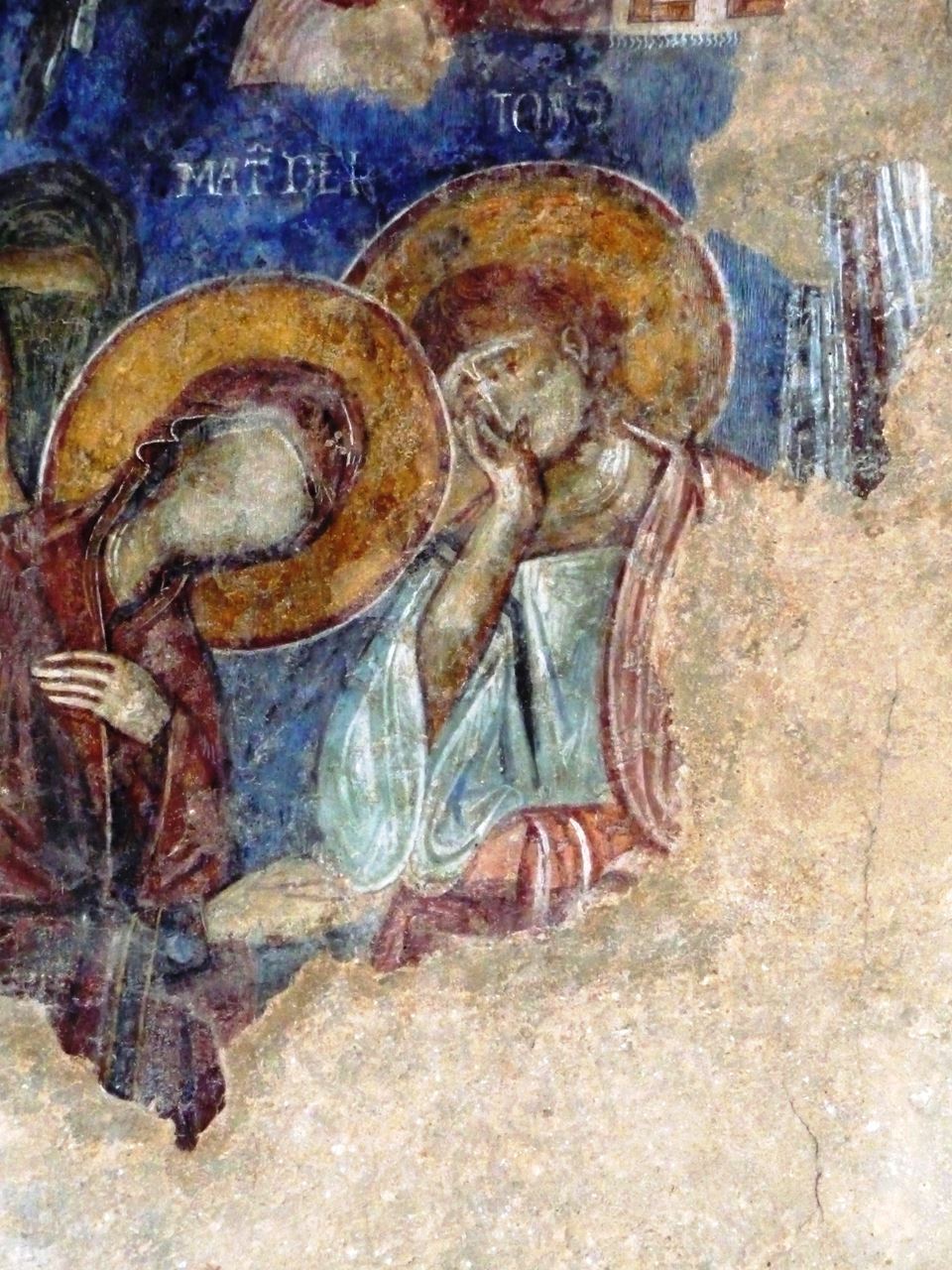Crusader Art and Architecture in the Latin Kingdom of Jerusalem (1099-1187): A Reevaluation of Patronage-Patterns and Audiences
Gil Fishhof, Department of Art History, University of Haifa
In the last two decades, major scholarly advances have radically transforming our understanding of the ways and processes through which artistic patronage functioned in the Middle Ages. Thus, the model of a single patron who is directly involved in the resulting work of art has been reformulated, with medieval patronage now often being seen as a collective commission with more than one patron. Consequently, agency in medieval works of art is now understood to have been a complex process that can often be imagined as having been collective or collaborative – a model that shifts the emphasis to the various dynamics, power structures, tensions, rivalries, and relations among the different individuals involved. The concept of medieval audiences has also developed in a similar manner, as a growing understanding has emerged that a work of art (especially monumental works) was often intended to be viewed not by one but by several different audiences, who had different expectations or means of understanding and interpreting the images involved.
Incorporating these major breakthroughs into the study of Crusader art, this research project seeks to present a reevaluation of patronage patterns and of audiences in the Latin Kingdom of Jerusalem. The main objectives of the research are thus:
A) To trace the complex network of patronage that enabled the creation of the major surviving monumental cycles of the Latin Kingdom, answering such questions as: What were the possible lines of tension or friction between different individuals or institutions involved in the creation of a monumental cycle? What were the mechanisms that could have been used to bridge such tensions?
B) To study the institutional dimensions of patronage in the Latin Kingdom (for e.g.: the artistic patronage of the Military Orders or of the Augustinian canons).
C) To examine the correlation of patronage to the political vicissitudes and tensions that marked the history of the nobility and great baronies that comprised the Kingdom.
D) To investigate the impact of the various audiences (e.g.: pilgrims, indigenous eastern Christians, Franks) on the shaping of monumental cycles in the Latin Kingdom, while assessing the ways in which the diversity of audiences was taken into account in the shaping of these monumental cycles.
Edifices and monumental cycles of sculpture and murals which will be part of the project will include the sculptural cycles of the Church of the Annunciation in Nazareth, The Church of Emmaus (Abu-Ghosh), the Basilica of the Nativity in Bethlehem, among others.
The project has now received funding from the Israeli Science Foundation (Grant n. 527/20, for the years 2021-23) and is in its initial stages.
For more details please contact Gil Fishhof at gfishhof@staff.haifa.ac.il
Figures:

Fig. 1: General view, crusader Church of Our Lord’s Resurrection at Abu-Ghosh (Emmaus). Photo: Gil Fishhof.

Fig. 2: Koimesis, northern wall, 2nd bay from the east, crusader Church of Our Lord’s Resurrection at Abu-Ghosh (Emmaus). Photo: Gil Fishhof.

Fig. 3: Crucifixion (detail: the Virgin and Saint John), southern wall, 2nd bay from the east, crusader Church of Our Lord’s Resurrection at Abu-Ghosh (Emmaus). Photo: Gil Fishhof.